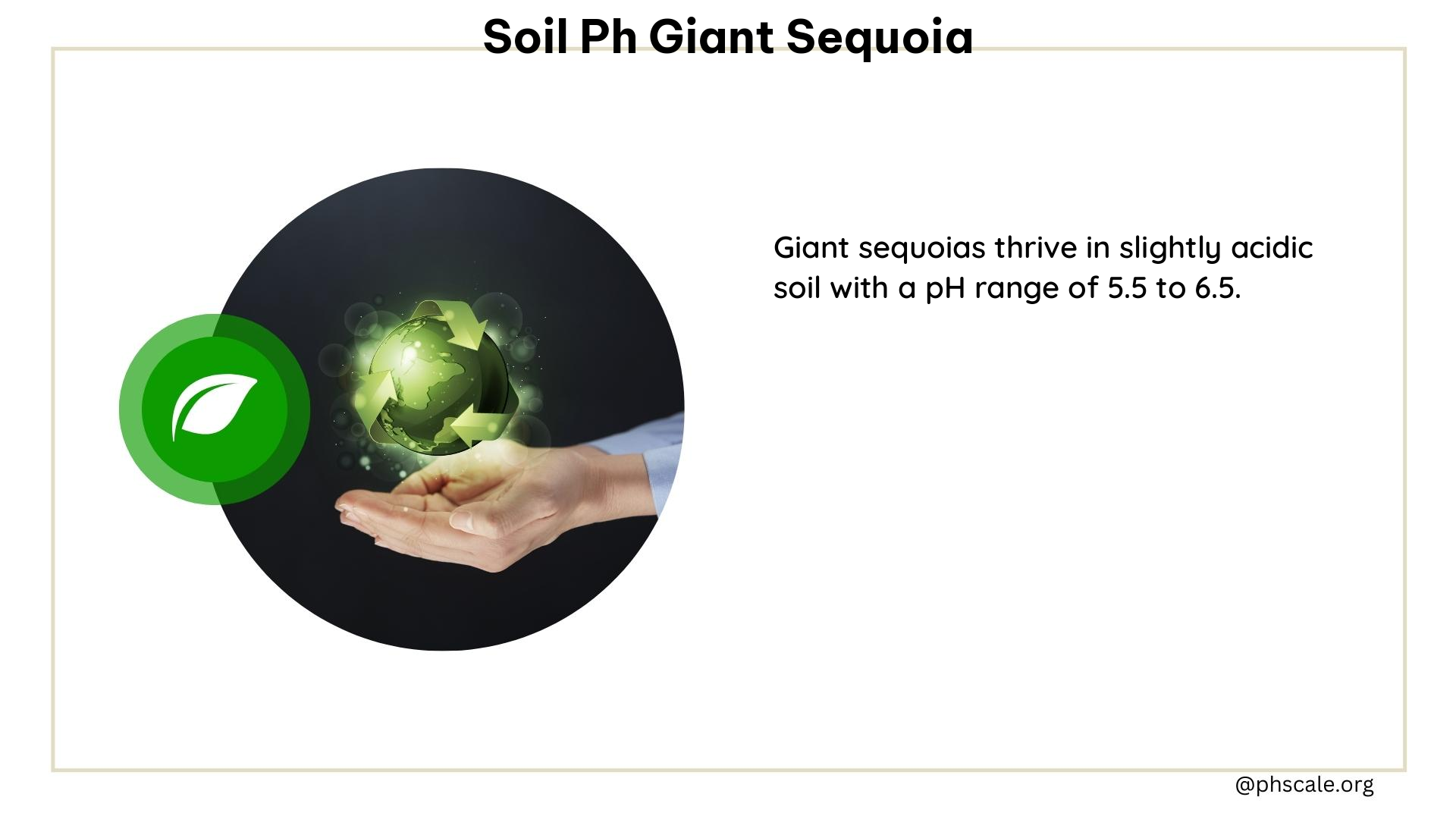The giant sequoia (Sequoiadendron giganteum) is a true wonder of nature, known for its towering height, massive trunk, and remarkable longevity. These ancient trees thrive in specific soil conditions, with the ideal pH range being a crucial factor in their growth and development. In this comprehensive guide, we’ll explore the optimal soil pH for giant sequoia, the importance of soil composition, and practical tips to ensure your sequoia trees flourish.
Ideal pH Range and Soil Conditions
The ideal pH range for giant sequoia soil is between 5.5 and 7.5, with the optimal pH being around 6.5. This slightly acidic to neutral pH range allows for efficient nutrient uptake and supports the tree’s growth. In addition to the ideal pH, giant sequoias thrive in well-drained, loamy or sandy soils with good aeration. Avoid heavy clay soils that retain water excessively, as they can lead to root rot and other issues.
Soil rich in organic matter is also crucial for the health of giant sequoias. Organic matter enhances fertility and moisture retention, while also promoting beneficial microbial activity in the soil. Providing ample space for the tree’s extensive root system to spread and grow without constraints is another essential factor.
Soil Composition and pH in Native Groves

In their native range, giant sequoias grow in sandy loam soils, with a mix of sand, silt, and clay fractions. The average pH value in native groves ranges from 6.9 to 7.3, indicating a near-neutral soil pH. This natural soil composition and pH range provide the ideal conditions for these majestic trees to thrive.
Balancing pH and Dealing with Contaminants
If the soil pH in your planting area is not within the ideal range, it’s essential to take steps to adjust it. Test the soil pH before planting and make the necessary adjustments. If the pH is too low, add lime to raise it; if it’s too high, use sulfur or peat moss to lower it.
It’s also crucial to avoid using chemicals or substances that can harm the tree’s growth. Instead, focus on organic matter and natural amendments to maintain soil health. This helps to create a balanced and nurturing environment for your giant sequoia.
Additional Tips and Home Remedies
To further support the health and growth of your giant sequoia, consider the following additional tips:
-
Mycorrhizal Inoculation: Applying a mycorrhizal inoculation to the soil can enhance nutrient uptake and root health, benefiting the tree’s overall development.
-
Mulching: Spread a layer of organic mulch around the base of the tree to conserve moisture and regulate soil temperature, creating an optimal growing environment.
By understanding the ideal soil pH range, soil composition, and implementing these additional care practices, you can give your giant sequoia the best possible start and help it thrive for generations to come.
References
- https://gardening.stackexchange.com/questions/69/what-are-the-ideal-soil-conditions-for-planting-giant-sequoia-saplings
- https://www.nps.gov/parkhistory/online_books/science/12/chap3.htm
- https://pacifichorticulture.org/articles/natures-masterpiece-giant-sequoia/
- https://srs.fs.usda.gov/pubs/misc/ag_654/volume_1/sequoiadendron/giganteum.htm
- https://redwoodtrees.co.uk/what-type-of-soil-do-i-need-for-giant-redwoods/
